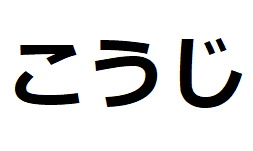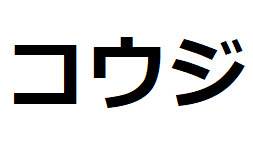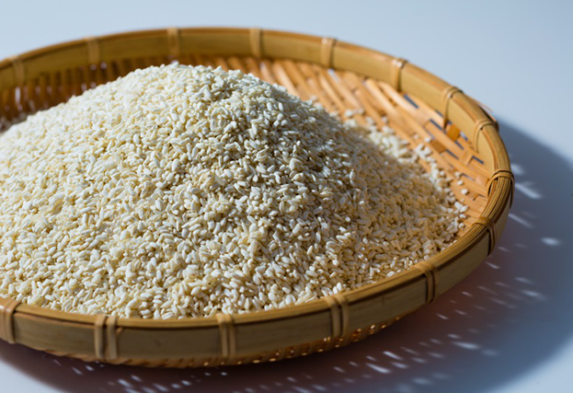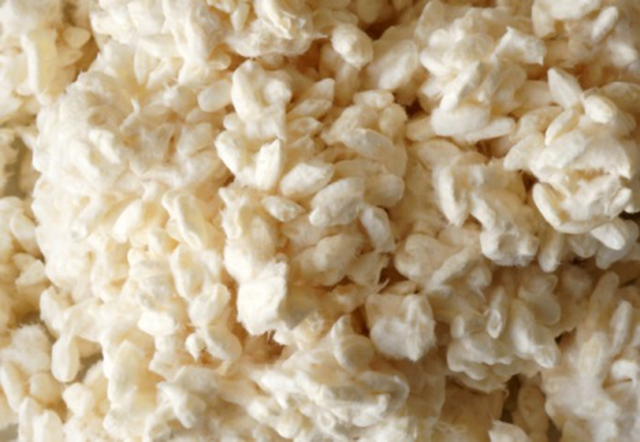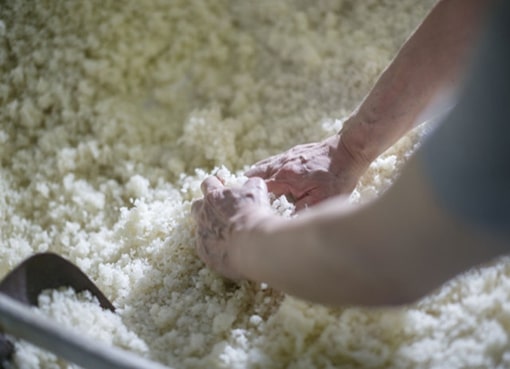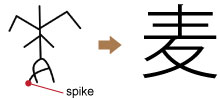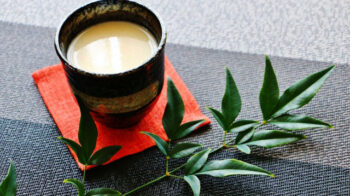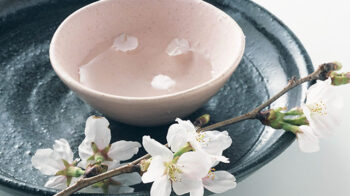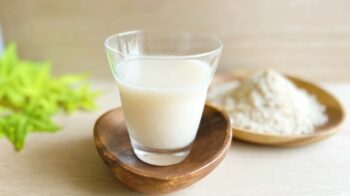Koji (Koji bacteria)
Welcome to the world of Koji (Koji bacteria).
Koji is extremely important in Japanese foods.
Because without Koji, most of the traditional beverages and seasonings cannot be produced.
Let’s look into its world.
Below is the contents of this page.
1. Koji bacteria
Koji bacteria release a large amount of enzymes in the process of fermentation.
Although the enzyme itself is inanimate, it can compose and decompose substances, bringing us marvellous gifts.
In Japan, most of the enzymes used in digestive medicines come from Koji-bacteria.
Below are the enzymes released by Koji bacteria.
– amylase
Amylase breaks down starch into glucose.
That is why Amazake made by Koji is naturally sweet without adding sugar.
– protease
Protease breaks down protein into amino acids.
Koji-bacteria produce almost all the amino acids necessary for the human body by breaking down the protein from the surface of rice.
– lipase
Lipase breaks down fat into fat acid.
2. Good bacteria
Next, let’s learn about good bacteria in general.
It is always interesting to learn about good bacteria, isn’t it?
Below are their representatives.
- lactic acid bacteria which produces cheese, yoghurt, etc.
- acetic acid bacteria which produces vinegar
- yeast that produces bread (Sake yeast produces Sake)
- bacillus subtilis natto (Natto bacteria) which produces Natto
- aspergillus oryzae (Koji bacteria) which produces Koji.
* The name “aspergillus oryzae” was given by one of German scholars who were invited to Japan by the government at the end of the 19th century.
3. How to make Koji
Thirdly, let’s learn how to make Koji.
In total, it takes approximately 48 hours.
The most essential element in Koji making is the room temperature.
- Hikikomi 引き込み
Firstly, they transfer the steamed rice (34-36°C) to a special room for making Koji, where the temperature is always kept above 30°C. - Tokomomi 床もみ
Next, they seed the steamed rice with Koji spores. - Kirikaeshi 切り返し
As the rice dries, grains stick together and its surface becomes hard.
Therefore, they crumble and mix the dried rice clumps. - Mori 盛り
Then they transfer the rice to smaller boxes to make temperature control easier. - Nakashigoto 仲仕事
A few hours after the Mori, they spread the rice to homogenise the temperature - Shimaishigoto 仕舞仕事
A few hours after the Nakashigoto, they spread the rice further. But this time, they dig furrows which allow evaporation of excess water. - Dekoji 出麹
Once the rice koji is ready, they transfer it to a cooler place to stop the multiplication of koji spores.
4. Kanji and Kana
To learn Kanji (Chinese characters) is always interesting and beneficial to understand what the word means.
Through Kanji, we can virtually grasp not only the meaning of the word, but also the background it was born in.
Interestingly, there are two Kanji (Chinese characters) that mean Koji: 麹 and 糀.
1) Kanji
麹
Firstly, the character 麹.
Can you find 麦 in this Kanji?
麦 means wheat and its reading in Japanese is mu-gi.
Together with other Kanji, it came from China in the 8th century.
Incidentally, in China, wheat is widely used to make Koji.
糀
Secondly, the character 糀.
If you take a close look, you canfind 米 (rice) and 花 in this character.
As you know, 米 means rice and its reading in Japanese is ko-mé .
On the other hand, 花 means flower and its reading in Japanese is ha-na.
When we combine these two, we can imagine some stories which indicate probable processes to invent this Kanji.
For instance,
i) when rice is fermented and becomes Koji, it looks like flowers.
ii) Koji is a flower grown by crystallising human wisdom.
Incidentally, the Kanji 糀 was born in Japan at the end of the 19th century.
2) Kana
There are two phonograms (Kana) in Japanese: 1) Hiragana and 2) Katakana.
According to the most supported theory, both of them were formed by adopting one element of a Kanji character with similar sounding.
Originally, Hiragana were only for women. But today, it has by far the wider usage.
Talking of 2) Katakana, we use it mainly for foreign origin words.
Incidentally, there are 46 characters in both Hiragana and Katakana systems.
As for Koji, Hiragana is こうじ and Katakana is コウジ.
